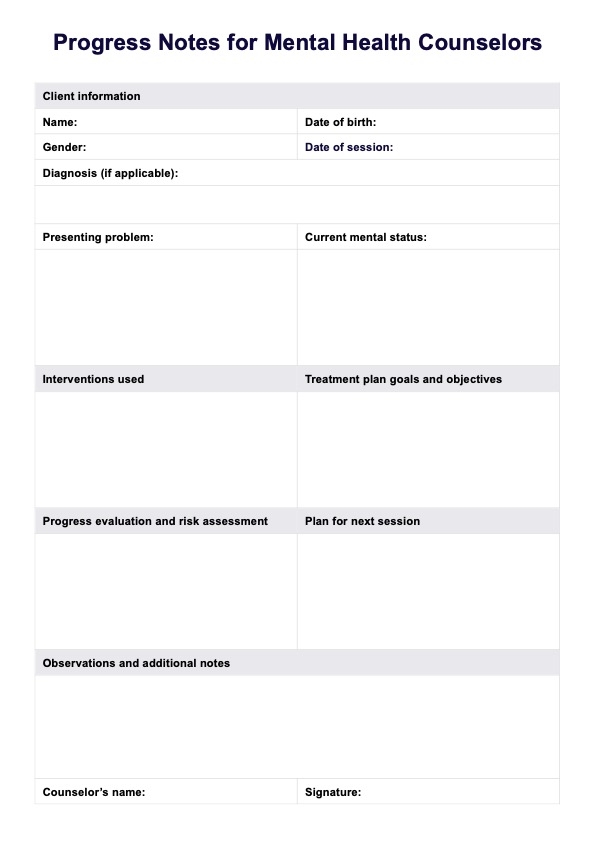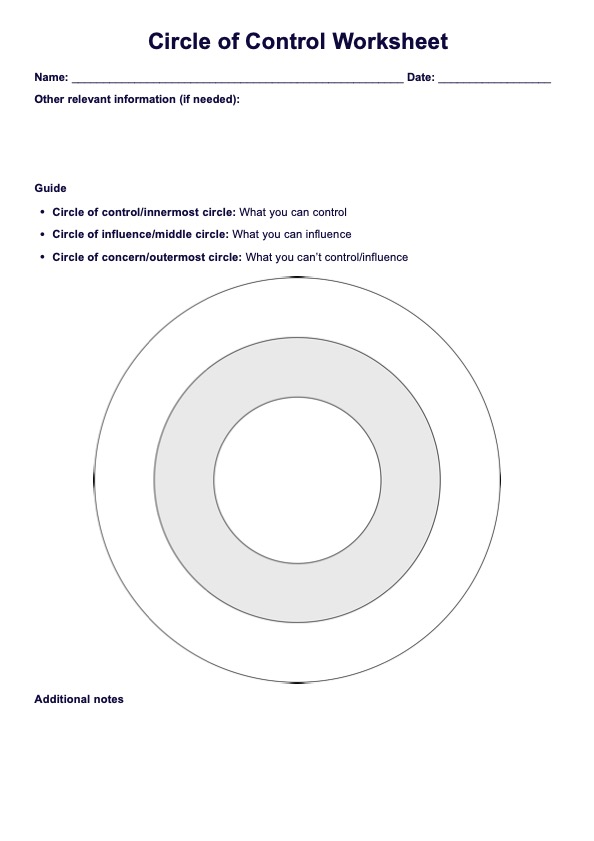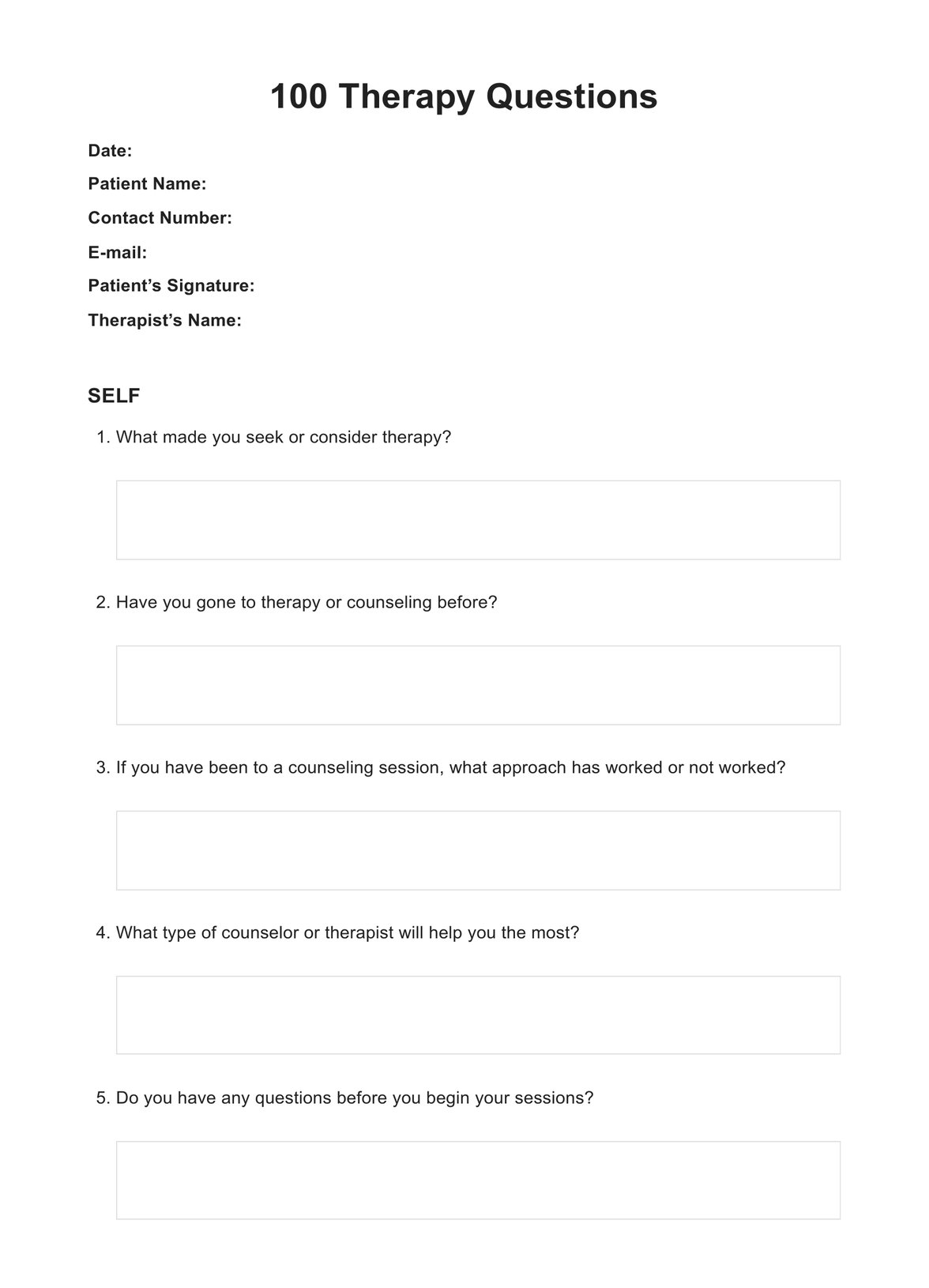Vibrational Emotional Scale
Discover the Vibrational Emotional Scale - explore the spectrum of emotions and their impact on personal growth and well-being.


What is a Vibrational Emotional Scale?
A Vibrational Emotional Scale, also known as the Emotional Guidance Scale or Hicks Emotional Guidance Scale, developed by Abraham Hicks, is a tool used to understand and navigate one's emotions based on their vibrational frequency.
It categorizes emotions from lower to higher vibrations, helping individuals identify their current emotional state and gradually shift towards more positive feelings for overall well-being. Negative emotions such as disappointment, doubt, and feeling overwhelmed are considered lower vibration, while positive emotions like gratitude, joy, and love are associated with higher vibrational frequencies.
By practicing mindfulness exercises and using the Emotional Guidance System, individuals can become more self-aware of negative feelings and work towards a more positive emotional state by aligning negative energy with higher vibrational feelings for a more fulfilling life.
The Emotional Guidance Scale provides a framework for personal growth and awareness using emotional guidance. It allows individuals to recognize their current emotional set point and consciously focus on more positive outcomes using the emotional guidance scale. By understanding and processing their emotions through the emotional guidance scale, individuals can gradually shift towards higher emotions and improve their overall well-being, even in challenging situations.
Vibrational Emotional Scale Template
Vibrational Emotional Scale Example
Purpose of the emotional guidance scale
The Emotional Guidance Scale, also known as the Vibrational Emotional Scale or Hicks Emotional Guidance Scale, serves several purposes:
- Self-awareness: It helps individuals become more aware of their current emotional state by providing a framework for identifying and categorizing their feelings.
- Navigating emotions: The scale assists in understanding the relationship between emotions and vibrational frequencies, helping individuals navigate their feelings more effectively.
- Empowerment: By recognizing where they are on the scale, individuals can empower themselves to consciously choose to shift towards higher vibrational emotions and improve their overall well-being.
- Personal growth: It serves as a personal growth and development tool, encouraging individuals to actively work on raising their emotional set point and aligning with more positive experiences.
- Emotional resilience: Understanding the Emotional Guidance Scale can help individuals develop emotional resilience by learning to manage and cope with difficult emotions more effectively.
- Manifestation: It is often used with manifestation techniques, as aligning with higher vibrational frequencies is believed to attract more positive outcomes and experiences into one's life.
Emotions on the emotional vibration scale
The Emotional Vibration Scale, also known as the Emotional Guidance Scale or Hicks Emotional Guidance Scale, categorizes emotions based on their vibrational frequency. Here's a simplified overview of emotions on different vibrational frequencies on the scale, from the higher vibration emotions to the next emotion with lower to higher vibrations:
Lowest
- Fear: Anxiety, worry, terror.
- Grief: Sadness, loss, mourning.
- Despair: Hopelessness, powerlessness, defeat.
- Guilt: Self-blame, remorse, shame.
- Anger: Frustration, resentment, irritation.
Middle
- Doubt: Uncertainty, indecision, skepticism.
- Discouragement: Disheartenment, disillusionment, pessimism.
- Blame: Holding others responsible, fault-finding.
- Overwhelm: Feeling flooded, unable to cope, stress.
- Frustration: Feeling blocked, thwarted, impeded.
Higher
- Hopefulness: Optimism, positive expectation, anticipation.
- Optimism: Positive outlook, confidence, trust.
- Contentment: Satisfaction, peace, ease.
- Acceptance: Surrender, letting go, allowing.
- Love: Affection, compassion, connection.
Highest
- Joy: Happiness, bliss, ecstasy.
- Passion: Excitement, enthusiasm, zeal.
- Gratitude: Appreciation, thankfulness, acknowledgment.
- Empowerment: Confidence, strength, self-assurance.
- Freedom: Liberation, release, independence.
It's important to note that low and high vibrations of emotions are not fixed and can fluctuate throughout the day. The goal is gradually shifting towards higher vibrational emotions by practicing mindfulness, self-awareness practice, gratitude, and techniques such as gratitude and positive thinking. This emotional shift can lead to a more fulfilling and joyful life experience.
How to use this scale?
The Emotional Vibrational Scale is your roadmap to greater self-awareness and emotional well-being. Here's a simple 5-step process to harness its power:
Step 1: Check-in
Take a moment to reflect on your current emotional state. How are you feeling about spending time overall? Rate yourself on a scale of 1 (extremely negative) to 10 (extremely positive).
Step 2: Identify your feelings
Use the Emotional Vibrational Scale as a reference. Check off the specific emotions that resonate with you, like fear, joy, doubt, or gratitude.
Step 3: Reflect and connect
Consider how these emotions impact your daily life, relationships, and well-being. Are there any recurring themes, common emotions, or patterns in your emotional experiences?
Step 4: Set your goals
Based on your self-assessment, set goals to achieve higher vibrational states. What positive emotions do you want to experience more often? What changes do you desire in your emotional well-being?
Step 5: Take action
Develop a personalized plan to shift toward your desired emotional state. This might include mindfulness exercises, gratitude practices, positive affirmations, self-care activities, or seeking professional support.
By consistently implementing these steps, you'll cultivate a more positive emotional landscape and unlock your full potential for a fulfilling life. Remember, progress takes time and flexibility. Monitor your progress, adjust your plan as needed, and celebrate your successes!
When to use the scale?
The Emotional Vibrational Scale can enhance self-awareness, monitor positive emotional states and well-being, and guide personal growth using positive emotional state guidance. Here are some specific times when it can be beneficial to use the scale:
- Regular self-reflection: Incorporate the scale into your routine self-reflection practice to check your emotional state and identify any patterns or trends in your feelings.
- During challenging times: Use the scale when facing difficult situations or experiencing heightened emotions to gain clarity and perspective on your feelings and reactions.
- Before making important decisions: Assess your emotional state before making significant decisions to ensure you're balanced and clear-headed.
- When setting goals: Utilize the scale to establish emotional well-being goals and track your progress toward achieving higher vibrational states over time.
- During therapy or counseling sessions: Discuss your emotional experiences with a therapist or counselor using the scale as a framework to deepen your understanding and explore potential areas for growth.
- In times of stress or overwhelm: Turn to the scale during periods of stress, overwhelm, or anxiety to identify coping strategies and techniques for managing challenging emotions effectively.
- As part of a wellness routine: Integrate the scale into your wellness routine alongside meditation, journaling, and exercise to support your overall emotional health and resilience.
- When seeking support: Share your emotional assessment with trusted friends, family members, or support networks to receive encouragement, advice, and validation.
Who can use the scale?
The Emotional Vibrational Scale can be utilized by individuals from all walks of life who are interested in enhancing their emotional awareness, managing their feelings, better feeling emotions, feeling emotions more effectively, better-feeling emotions, and promoting personal growth. Here are some examples of who can benefit from using the scale:
- Individuals seeking emotional wellness: Anyone who wants to improve their emotional well-being and cultivate a greater sense of inner peace and happiness can use the scale to assess their current emotional state and work towards achieving higher vibrational frequencies.
- Therapists and counselors: Mental health professionals can incorporate the scale into their practice to help clients explore their emotions, set therapeutic goals, and develop coping strategies for managing complicated feelings.
- Life coaches and personal development experts: Professionals specializing in personal growth and development can use the scale to guide their clients in self-discovery, goal-setting, and creating positive change.
- Educators and school counselors: Teachers, school counselors, and other educators can introduce the scale to students as a means of promoting emotional intelligence, self-awareness, and social-emotional learning skills.
- Support groups and community organizations: Groups focused on stress management, mindfulness, and resilience-building can incorporate the scale into their activities to facilitate discussions on emotional well-being and support members.
- Parents and caregivers: Parents, guardians, and caregivers can use the scale to help children and adolescents understand and navigate their emotions, fostering emotional literacy and promoting healthy coping skills.
- Individuals in recovery: Those recovering from addiction, trauma, or mental health challenges can utilize the scale as part of their healing journey to track their emotional progress, identify triggers, and develop strategies for maintaining sobriety and well-being.
- Spiritual practitioners: Individuals on a spiritual path or journey of self-discovery can integrate the scale into their spiritual practices to deepen their understanding of emotions, energy, and consciousness.
For additional resources to enhance your practice and elevate client satisfaction, check out the emotional guidance scale template and emotional scale template.
Commonly asked questions
The vibrational scale of emotions categorizes feelings based on current emotion and their energy frequency, common emotions ranging from lower vibrational states, current emotions negative ones like fear and anger, to higher vibrational states, current emotions like joy and love.
A vibrational scale measures the frequency or energy level of emotions, thoughts, or experiences, with higher vibrations associated with higher vibration emotion or positive, higher vibrations emotion or emotions, and lower vibrations with new or negative feelings.
The emotional feeling scale is a tool that helps individuals identify and categorize their emotions based on how they generally feel their highest vibrational frequency when feeling their lowest emotion yet, guiding them toward higher vibrational states for improved well-being.


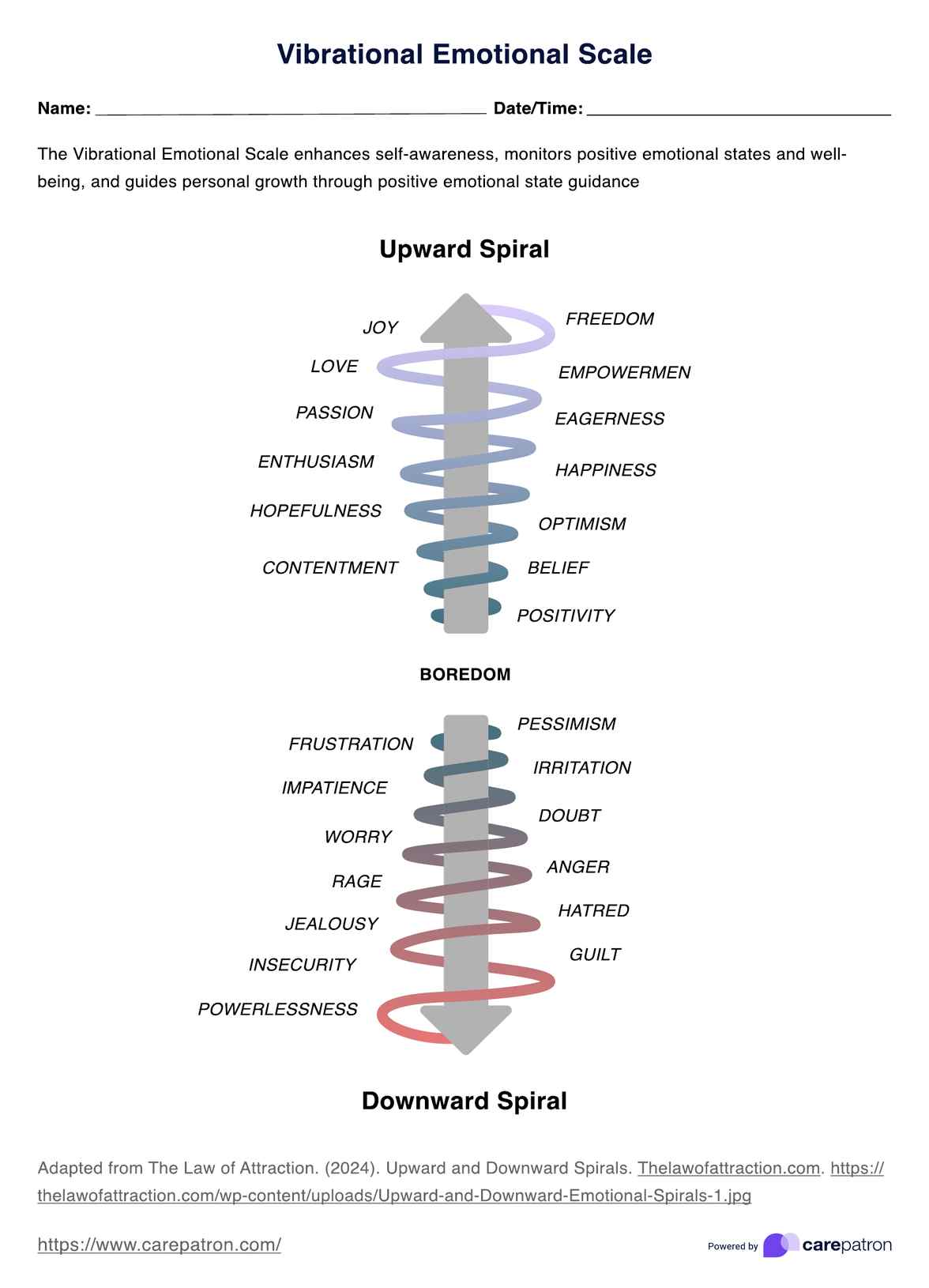
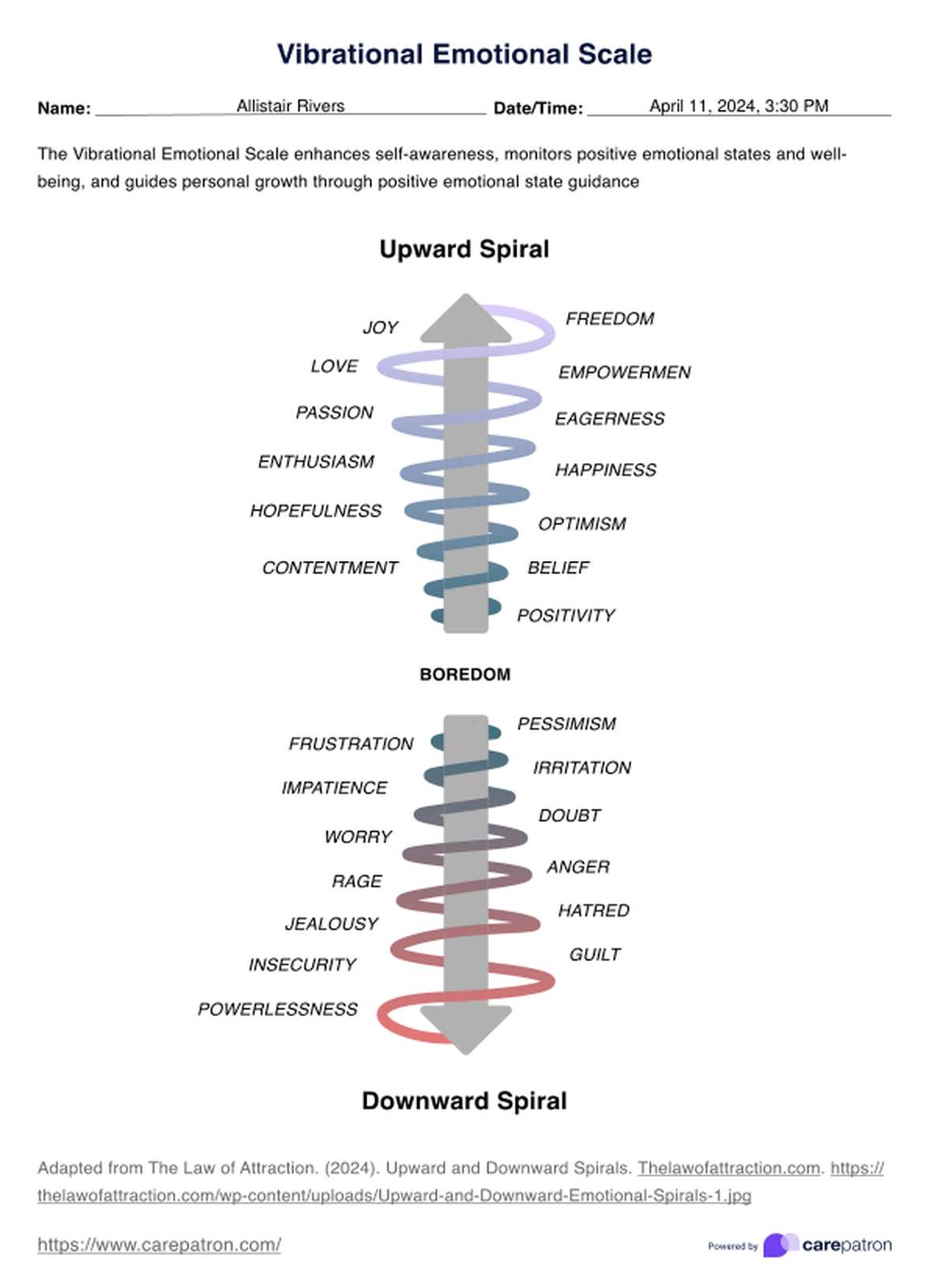

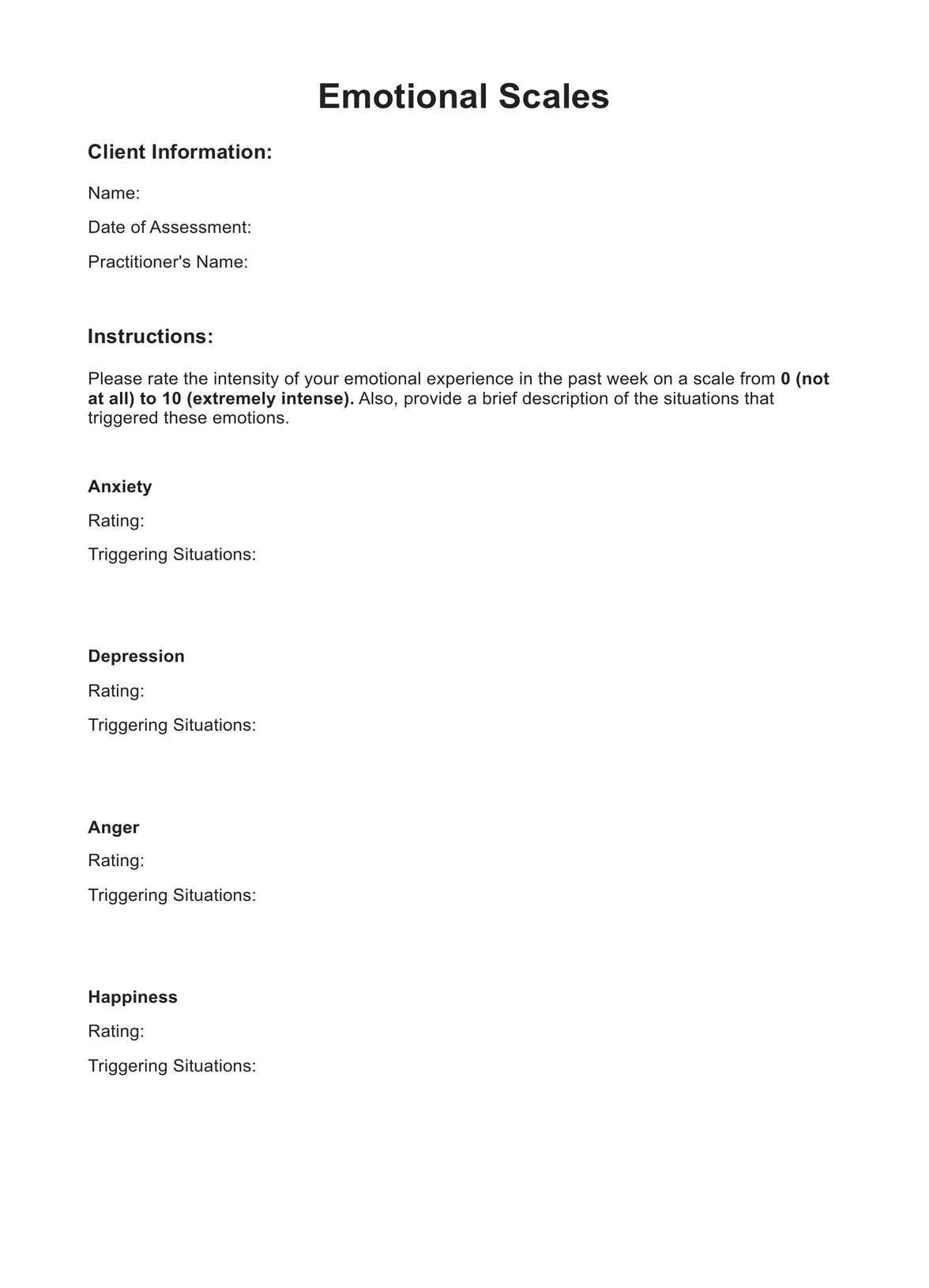
















-template.jpg)



























































































